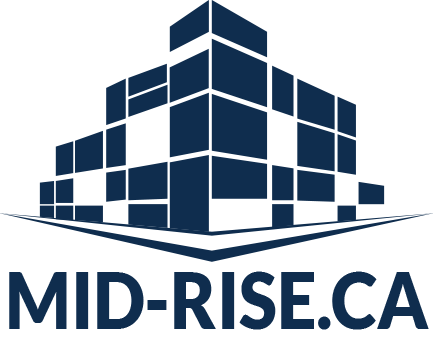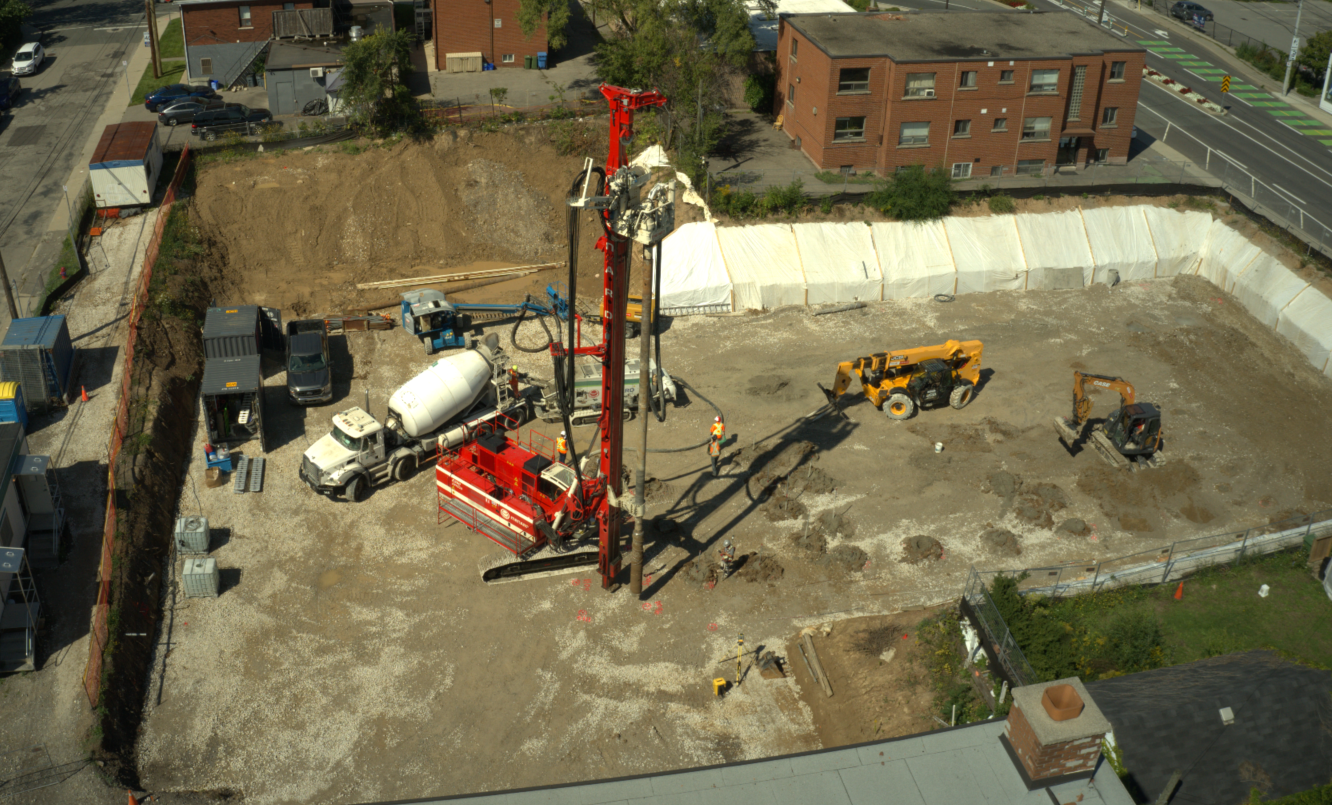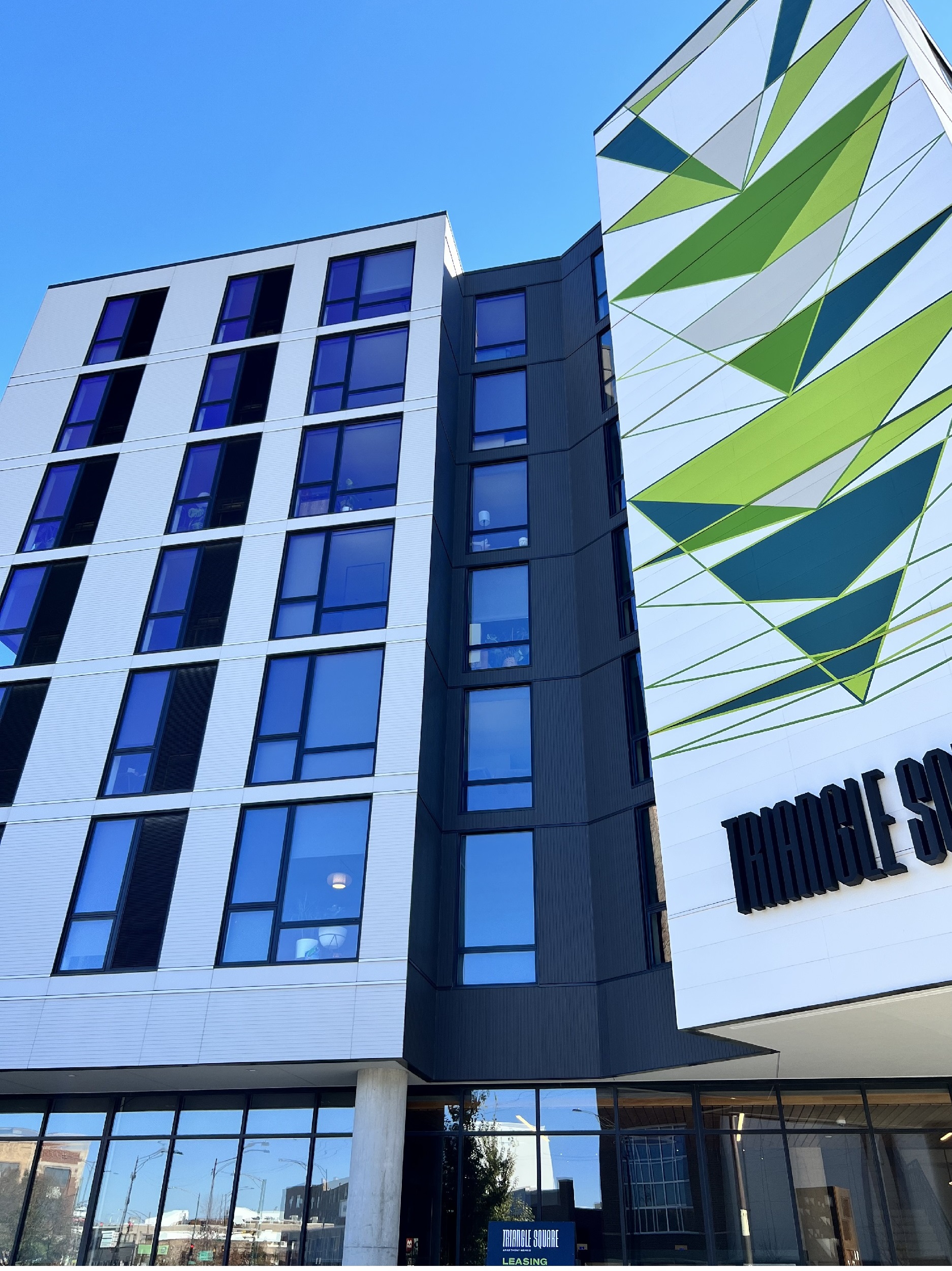In this post, we’ll dive into Building Commissioning (Cx) and its impact on the residential design and construction industry. Furthermore, we’ll shed some light on its main benefits, typical outcomes and costs, and lessons learned, but also dispel some common misconceptions.
As a commissioning professional with 20 years of performance testing experience, I have seen building commissioning (Cx) mature in scope, the equipment or systems to be tested, and the range of buildings we work on. It used to be primarily institutional or mission-critical facilities we would work on, but now it’s everywhere. One of the more recent building topographies for commissioning is mid-rise residential. Residential projects are a little late to the “Commissioning Party” for various reasons, and we’ll explore these and more in this article.
Evolution of Building Commissioning: From Mission-Critical to Mid-Rise Residential
Building commissioning means different things to different people. However, let’s start with the Building Commissioning Association and their definition:
“Building commissioning is a systematic, intensive quality assurance process that ensures a building’s compliance with the Owner’s Project Requirements (OPR). The benefits of proper commissioning begin with a more efficient, collaborative design and construction process and continue throughout the life of the building with greater energy efficiency, enhanced safety, and lower operation and maintenance costs.”
This formal definition outlines commissioning as a process and strives to ensure that the owner’s project goals are achieved. If you’re looking for a simplified description, I think of commissioning simply as an independent “Technical Watchdog”. We support the owner from design through construction and into the first year of occupancy and beyond. But I want to emphasize that this support can come in different forms. However, building equipment TESTING is at the heart of what we do.
Maximizing Benefits: How Building Commissioning Adds Value to Mid-Rise Projects
The value of building commissioning is multi-fold, as it can provide a range of benefits to building owners, occupants, and the environment. Here are some important ways in which building commissioning can add value:
- Improved Building Performance: Commissioning ensures that building systems are installed and operating as intended, which can improve overall building performance, reduce energy consumption and GHG, and increase occupant comfort.
- Cost Savings: By identifying and correcting design and construction issues before occupancy, building commissioning can help to reduce energy and maintenance costs over the life of the building.
- Extended Equipment Life: Proper commissioning, training and maintenance can extend the life of building systems and equipment, reducing the need for premature replacements.
- Reduced Environmental Impact: Commissioning can help reduce a building’s environmental impact by improving energy efficiency, reducing greenhouse gas emissions, and ensuring systems operate at peak performance.
- Compliance: Commissioning can help building owners comply with energy or fire codes and standards and meet regulatory requirements for indoor air quality and other environmental concerns.
- Improved Occupant Health and Comfort: Commissioning can improve indoor air quality and occupant comfort, leading to improved health and productivity for building occupants.
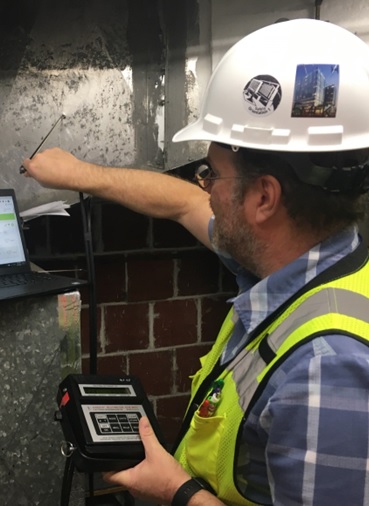
CoST Vs. Benefit
So you might be asking. “Well, those are some great benefits, but what’s the cost?”. Well, commissioning fees are a common misconception, so let’s dive in and clear the air. The cost of building commissioning can vary depending on several factors, such as the size and complexity of the building, the scope of the commissioning process, the equipment/systems, the sampling testing rate, and the project’s location.
In general, the cost of building commissioning is typically a small fraction of the total construction or renovation budget, typically between 0.5% to 2% of the total project cost. For example, for a $10 million construction project, the cost of commissioning could range from $50,000 to $200,000. Furthermore, the Lawrence Berkeley National Laboratory performed an independent study and found the following results.
Building Commissioning Costs and Savings Across Three Decades and 1,500 North American Buildings, Lawrence Berkeley National Laboratory, Berkeley Energy Technologies Area
Lawrence Berkeley National Laboratory, Nov 2020
However, it’s important to note that while the cost of commissioning may seem like an additional expense, it will save building owners and operators money in the long run by identifying and addressing issues that can lead to higher operating costs, lower energy efficiency, and decreased occupant comfort and productivity. Furthermore, these issues (in most cases) can be captured under a contractor or manufacturer warranty.
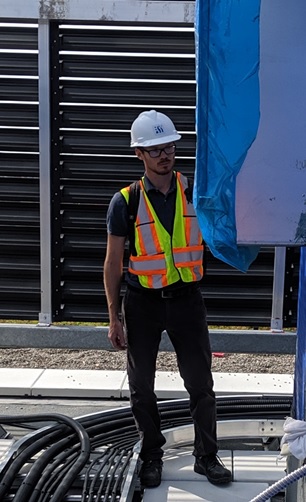
Finding the Right Fit: Commissioning
Scope for Mid-Rise Buildings
As we all know, there is no perfect project and each building is different. That said, it’s important to remember that the commissioning scope can also be as dynamic. A common misconception is that the work scope must match the BCxA Best Practices, LEED or CSA Standards. I recommend that this process be used to develop a comprehensive scope of work for the commissioning provider, but it might not be suitable for every project. For a typical mid-rise project, following the following at a minimum would be necessary.
- Commissioning Plan
- Commissioning Specification (prior to tender)
- Construction Site Visits
- Witness & Document Functional Testing (Suite/Units optional)
- Issues Resolution
- Final Report
There are many other aspects of commissioning that I recommend, but for some mid-rise projects, this basic scope of work will provide fantastic value. I recommend reviewing the BCxA Best Practices to see the full scope of work or services and use their RFP documentation to support future proposals.
Lessons Learned in Mid-Rise Building Commissioning
Commissioning is a process. It’s meant to provide Quality Control and Risk Management for the owner and project team. In performing commissioning over the years and working with multiple mid-rise developers, I have acquired some general lessons learned that I would like to share.
- Cx for All: Commissioning in some capacity should be on every project; the commissioning scope can be flexible.
- Owner Direct: The Owner should procure the Commissioning Provider (CxP) directly; however, it is acceptable for Architect or Prime-Consultant/Project Manager to carry the CxP as well.
- Start early: Commissioning should begin in the design phase to ensure that the owner’s requirements are incorporated into the design and that the building systems are properly specified.
- Trust but Verify: “Just because it’s ON, doesn’t mean it works”. Building systems and sequences are too complicated/integrated and every building will experience technical issues that impact energy, IAQ, comfort, and longevity.
- Document everything: Documentation is critical in the commissioning process. Detailed records should be kept throughout the process, including design documents, testing procedures, and test results.
- Involve all stakeholders: Commissioning should involve all relevant stakeholders, including the building owner, design team, construction team, and facility managers. Everyone should have a clear understanding of their roles and responsibilities.
- Commissioning pays off: Building commissioning can save money by reducing energy costs and GHG, minimizing downtime, and extending the life of building systems.
References
